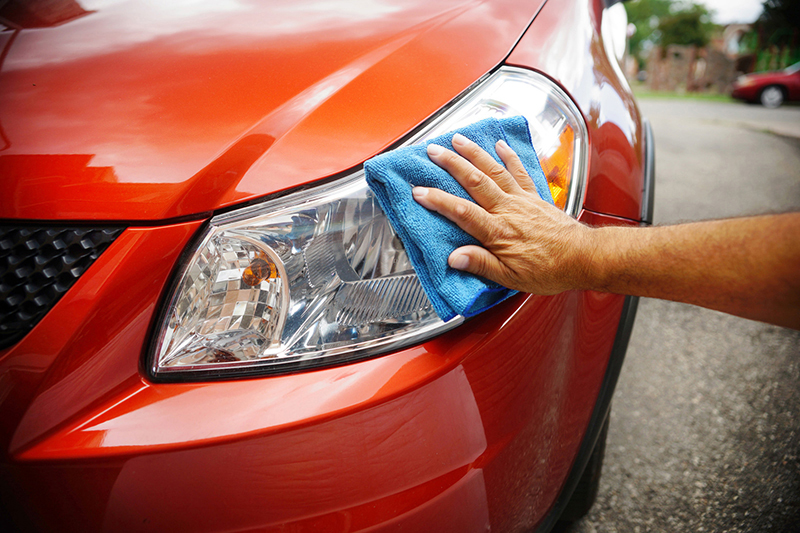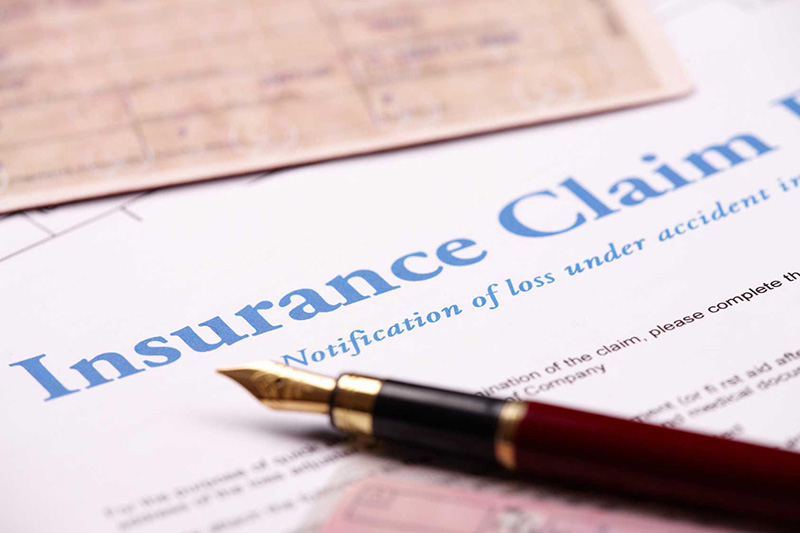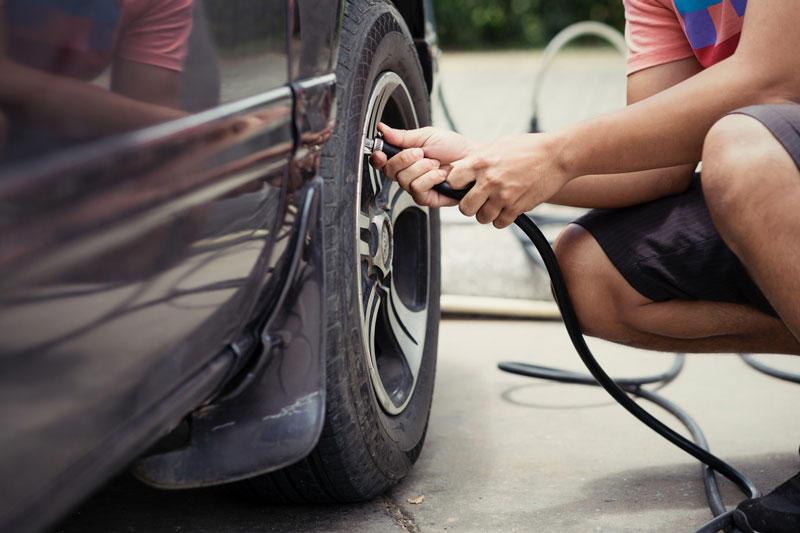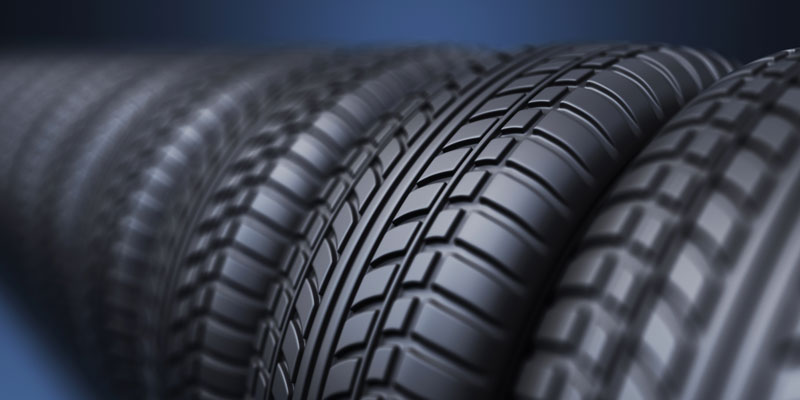
What to look out for when you’re reviewing your insurance policies.
The end of the year lends itself to insurance policy reviews. As well as the festivities and the parties, policyholders should carve out some time at the end of the year to review their coverage, check their limits and deductibles, and update their insurance. Fear not – this process doesn’t have to take hours of your time. We’ve created a list of what you should look out for when reviewing your policies.
Home Insurance
- Have you remodeled your home recently? If you’ve made a major update to the property, such as getting a new kitchen or adding a master suite, update your homeowners insurance. If the value of your property increases, your insurance will need to increase to cover the whole home’s worth.
- Now is the time to update your home inventory with all of those precious gifts that you received during the holidays! If you were gifted with precious items such as jewelry, antiques, artwork, musical instruments, and other high-value items, you might need additional coverage to protect these belongings.
- Did you adopt a dog for the holidays? Certain dog breeds require higher liability limits.
Auto Insurance
- Did you purchase a new vehicle this year? Consider adding on uninsured/underinsured motorist insurance, which protects your new vehicle against hit and runs, and from getting into accidents with motorists who have little or no insurance.
- If you’ve paid off the loan on your older vehicle, it could be time to raise your deductible or drop comprehensive and collision coverage. Find out the value of your vehicle before you decide to drop coverage to ensure it’s worth it.
Do you need help selecting personal insurance policies? Before the year is up, give All Nevada Insurance a call – Our team of experts can help you determine what policies, deductibles, limits, and premiums are right for your needs so that you can enter the New Year worry-free. Visit us today for more information.


 Our Locations
Our Locations










